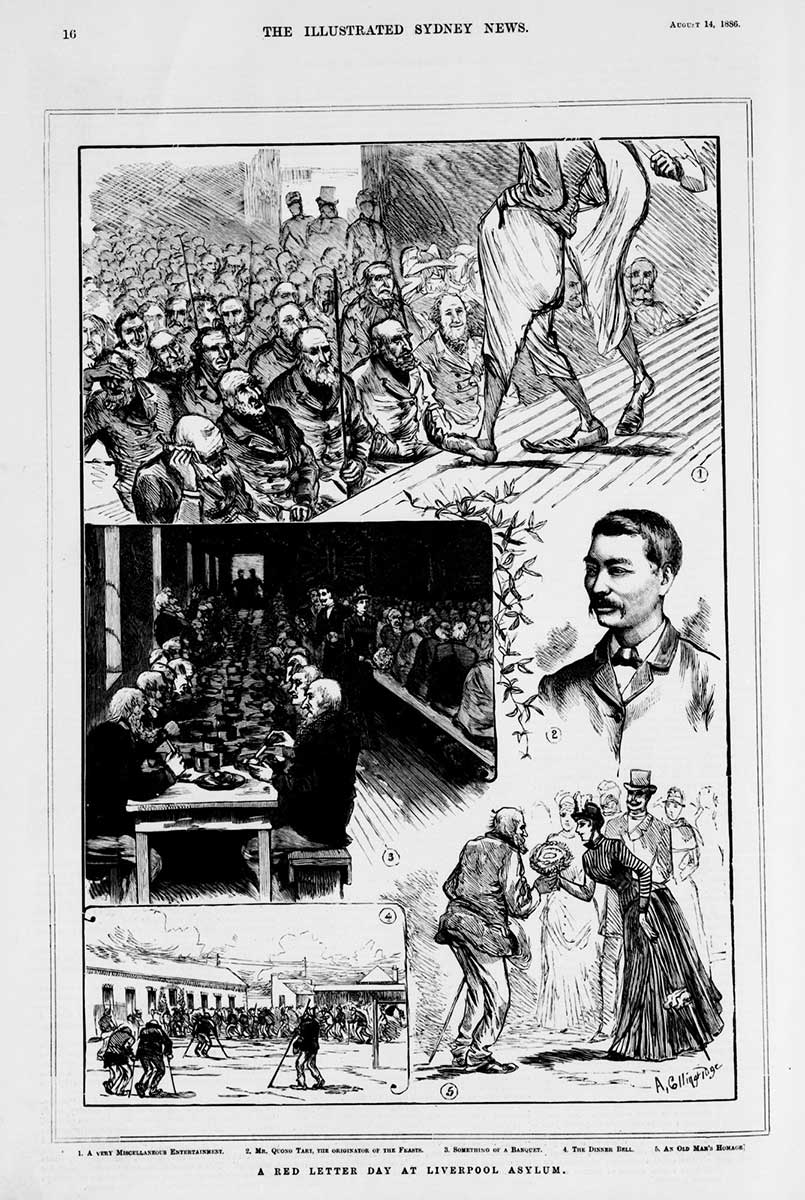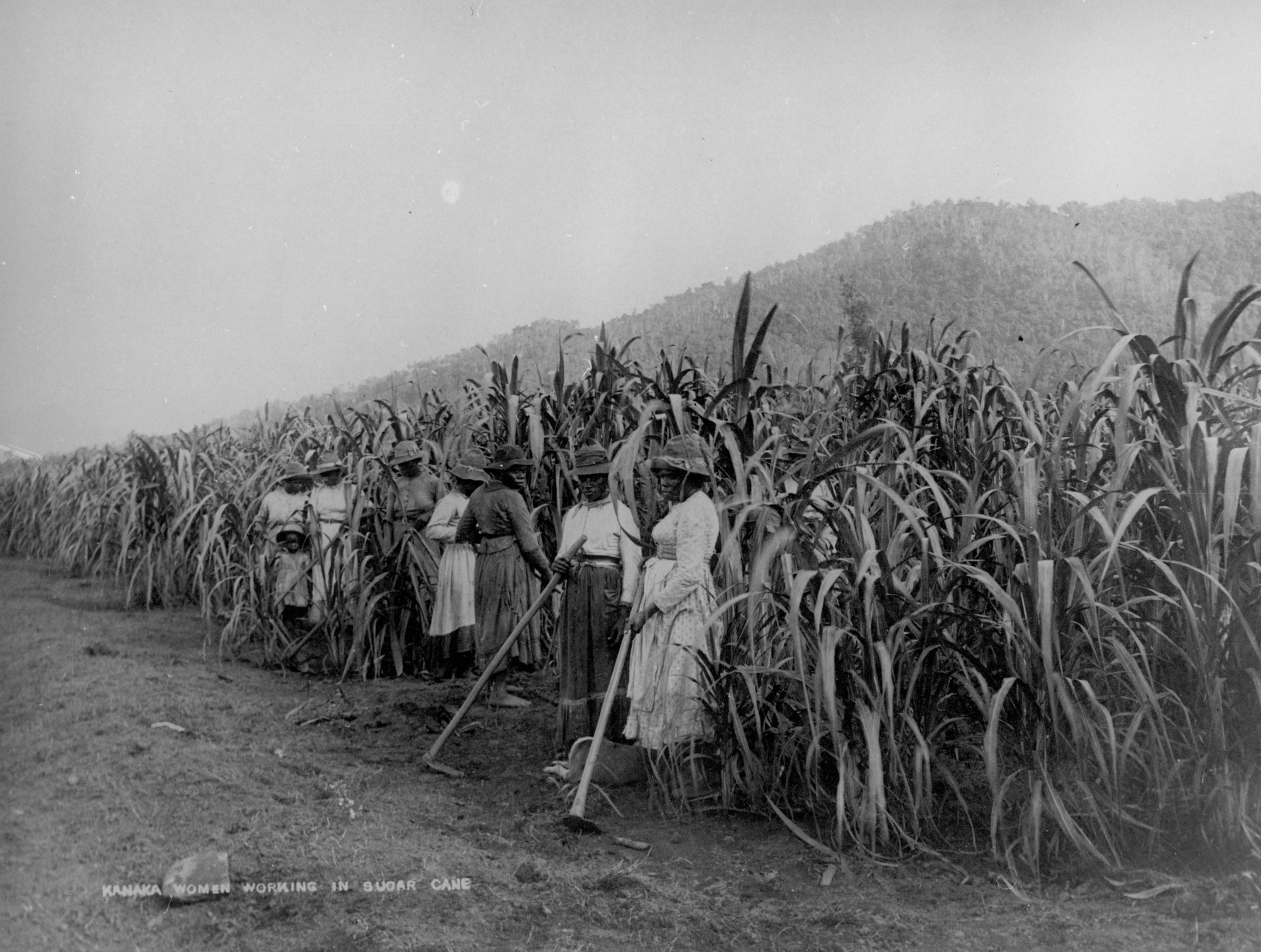Learning module:
Making a nation Defining Moments, 1750–1901
Investigation 2: Strangers in a strange land
2.2 1863 Plantation slaves? South Sea Islanders brought to Queensland
| WARNING: This page contains some difficult and potentially distressing content |

From 1863 more than 62,000 people from a number of Pacific islands were brought to Australia, mainly as workers in the Queensland sugar cane fields.
You are about to discover what happened to these people. Much of the information you will learn about is distressing and a powerful reminder that history should uncover all aspects of a nation’s past.
What happened to these people?
1. Why was Queensland interested in, and suitable for, growing sugar?
2. What supply of cheap labour was no longer available?
3. What were the attitudes of sugar cane plantation owners towards South Sea Islander people? Why did these attitudes make plantation owners want to employ South Sea Islander workers on Queensland sugar farms?
4. South Sea Islander people came to Australia from 80 different Islands. List 3 of these islands and then find them on the map below.

5. How many workers in total came between 1863 and 1904?
6. Many South Sea Islander people were ‘blackbirded’. What does that mean?
7. Many South Sea Islander workers were indentured labourers. What does this mean?
Look at the photographs of Pacific Island labourers below.
8. What impression do you get from these photographs about the nature of the work, and the working and living conditions?
9. By the end of the century many Australians were opposed to the importation of South Sea Islander workers. What did the new Australian Parliament do to stop the system and what reasons did they give for doing this?
10. What was the response of the South Sea Islander community to the Pacific Island Labourers Act 1901?
11. What does this event help you understand about the experiences of non-Europeans in colonial Australia?
12. Why was this Defining Moment so significant in Australian history?
13. If you were advising the National Museum of Australia on an object that it could display to tell the story of this event, what would you suggest? (You can see what objects they actually have using the National Museum of Australia collections search)














